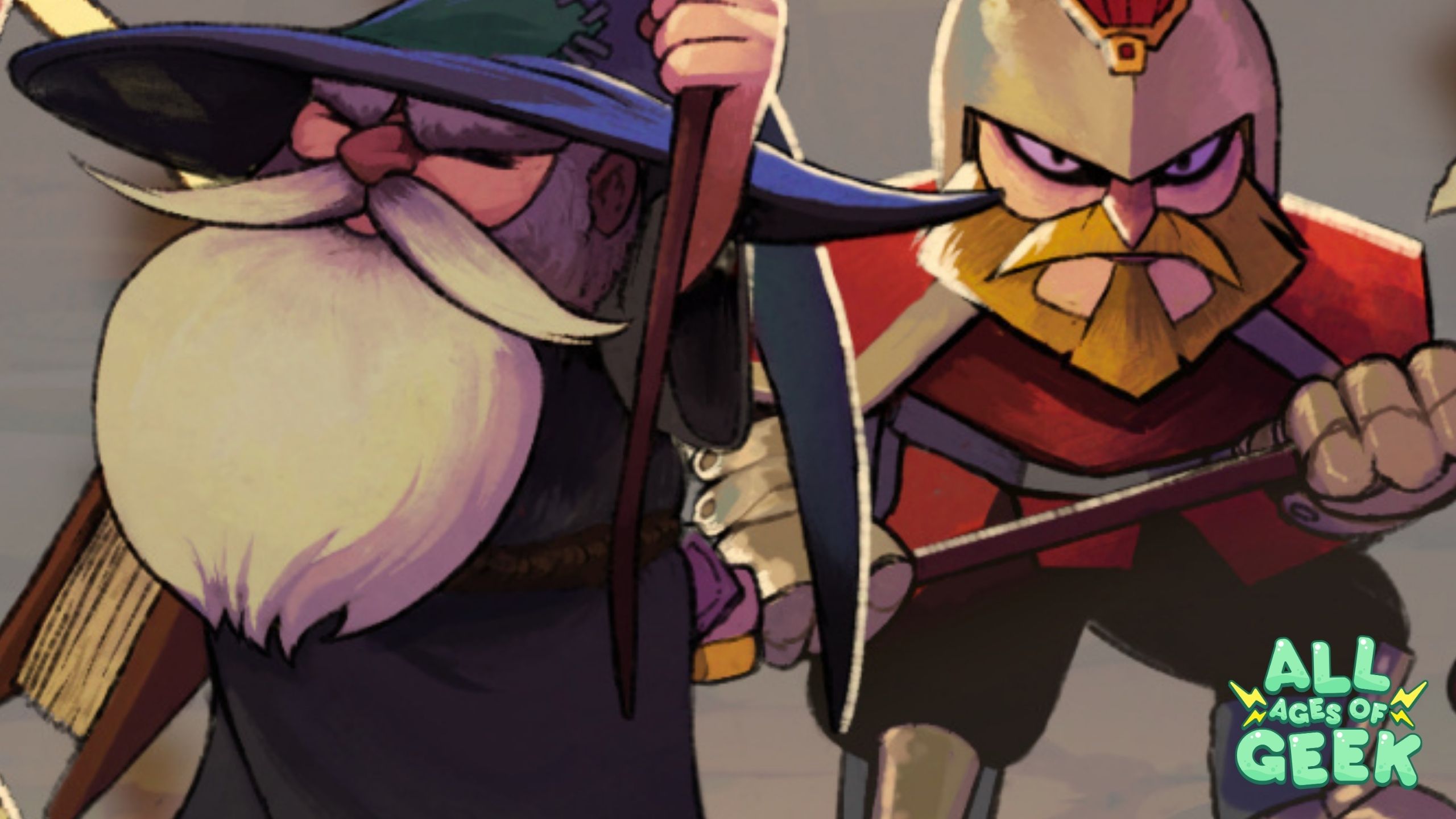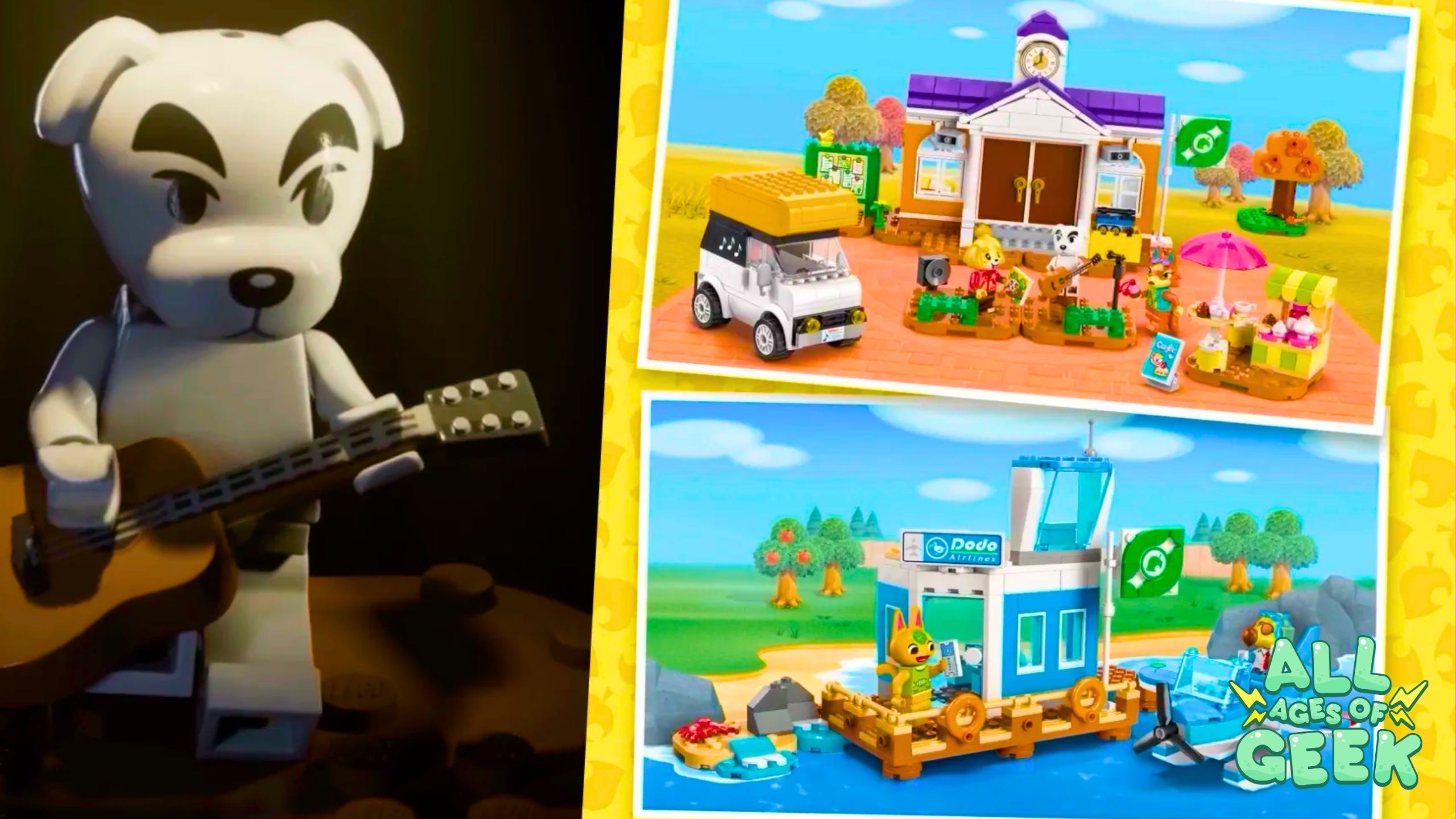As a longtime fan of tabletop role-playing games (TTRPGs), I have always been captivated by the endless possibilities that come with creating and playing in a shared world filled with adventure and magic. And when it comes to TTRPGs, one game in particular stands out above the rest: Dungeons & Dragons. This classic game has been around for over four decades and has seen a resurgence in popularity in recent years, thanks in part to the popular web series Critical Role.
Looking for Sci-Fi & Pop Culture toys? Check out Shogun Toys!
Critical Role is a weekly show where a group of voice actors play Dungeons & Dragons together, taking on the roles of various characters and embarking on epic adventures in a fantasy world. The show has gained a massive following, inspiring countless fans to start playing TTRPGs themselves.
But for those who are new to TTRPGs, the thought of starting a game of Dungeons & Dragons can be intimidating. Where do you begin? What do you need to know? What kind of commitment is required?
Fear not, my fellow adventure-seekers! In this beginner’s guide, we will cover all the basics of getting started with Dungeons & Dragons. We will explore the components of the game, how it is played, what kind of character you can create, and how to find others to play with.
Critical Role Reactions on All Ages of Geek
Before we dive in, I also want to mention All Ages of Geek’s Vox Machina and Critical Role Reactions. This series provides reactions and commentary on each episode of Critical Role, adding a fun twist to the usual recap and review format. Whether you’re a seasoned player or a newcomer to TTRPGs, these reactions are sure to bring a smile to your face and deepen your appreciation for this amazing game.
So grab your dice, sharpen your sword, and let’s embark on a journey into the world of Dungeons & Dragons!
Starting with D&D
Here are some tips for getting started with D&D:
- Find a group: The first step to playing D&D is finding a group of people to play with. You can find other players through online communities, at local game stores, or even through friends and family.
- Choose your role: In D&D, each player takes on a specific role, such as a fighter, wizard, rogue, or cleric. Decide on what type of character you want to play and familiarize yourself with their abilities and skills.
- Get the right materials: You’ll need a player’s handbook, a set of dice, and a character sheet to get started with D&D. You can find these materials online or at a local game store.
- Get to know the rules: Before you start playing, it’s important to have a good understanding of the rules of the game. Take the time to read through the player’s handbook and familiarize yourself with the mechanics of D&D.
- Be open-minded and have fun: The most important thing when starting out with D&D is to be open-minded and have fun. Don’t be afraid to make mistakes and embrace the imagination and creativity that the game offers.
Dungeons & Dragons, or D&D, is one of the most popular tabletop role-playing games (TTRPGs) of all time. The game has been around since the 1970s, and since then, it has captured the hearts and minds of gamers everywhere. If you’re new to the world of TTRPGs or just curious about D&D, this beginner’s guide will help you get started.
When I was first introduced to D&D, I was skeptical. I had never played any kind of tabletop game before, and I wasn’t sure if I would be any good at it. However, after my first session, I was hooked. The game combines elements of storytelling, strategy, and role-playing, creating a unique and exciting experience.
So, what exactly is D&D? At its core, it’s a collaborative storytelling experience. One person, known as the Dungeon Master (DM), creates a story and guides the players through it. The players take on the roles of characters, making decisions and taking actions that impact the story. The game is played with a set of rules, dice, and a collection of books that provide information on the world, characters, and monsters.
One of the best things about D&D is that it’s a social game. You’ll be playing with a group of people, all working together to create a story. This can be a great way to bond with friends, make new ones, and have a lot of fun.
If you’re interested in getting started with D&D, the first step is to find a group of players. This can be as simple as reaching out to friends who might be interested or joining a local gaming group. If you’re having trouble finding a group, you can also look for online communities or forums where you can connect with other players.
Once you have a group, you’ll need a set of rules. The current edition of D&D is the 5th edition, and the Player’s Handbook is the core rulebook for the game. It provides all of the information you need to create a character and start playing.
When creating a character, you’ll choose a race, class, and background, as well as stats and skills. The race determines the character’s species, such as human, elf, dwarf, or halfling. The class determines the character’s role in the story, such as a fighter, wizard, rogue, or cleric. The background provides information on the character’s background and skills, such as a soldier, criminal, or acolyte. The stats and skills determine the character’s strengths and weaknesses, such as strength, intelligence, wisdom, and charisma.
Here’s a character background example:
Meet Kael, a Half-Elf Rogue. Born to a human mother and an elven father, Kael never quite fit in with either society. Growing up on the streets, he learned how to use his charm and wit to survive, eventually turning to thievery to make a living. Despite his criminal activities, Kael has a strict code of honor and will only steal from those who have wronged him or others.
Kael’s life took a drastic turn when he was caught trying to pickpocket a wealthy noble. Instead of throwing him in jail, the noble took Kael under his wing and taught him the finer arts of thievery and deception. Kael quickly rose through the ranks, becoming the noble’s most trusted accomplice. However, his life took another unexpected turn when the noble was revealed to be a member of a powerful criminal organization.
Kael was faced with a difficult decision, continue to work for the criminal organization or leave and start a new life. In the end, Kael chose the latter, taking with him a valuable gemstone that the organization had been after. Now, Kael travels the land, using his skills to help those in need while keeping one step ahead of the criminal organization that still seeks to reclaim what was taken from them.
The next step is to start playing. The DM will guide the players through the story, and the players will make decisions and take actions based on their characters. The game is played with a set of dice, including a 20-sided die, a 12-sided die, a 10-sided die, and a handful of 6-sided dice. The dice are used to determine the outcome of actions, such as attacking an opponent, casting a spell, or searching for treasure.
Determining a character’s stats in Dungeons & Dragons is a crucial step in character creation. Stats represent a character’s abilities, skills, and strengths, and they play a major role in determining what the character is capable of in the game. The stats are typically determined using a combination of random rolls and player choice, and they can be adjusted throughout the game as the character grows and evolves.
The standard stats in D&D are Strength, Dexterity, Constitution, Intelligence, Wisdom, and Charisma. These stats are used to determine a variety of factors, including the character’s ability to hit with weapons, their armor class, the amount of damage they can take, and their ability to perform certain tasks.
One of the most common methods for determining a character’s stats is by rolling 4 six-sided dice and adding up the total. This will give a number between 4 and 24, and the results can be assigned to the various stats as the player sees fit. Some players prefer to assign the highest rolls to the stats that are most important for their character, while others prefer to assign the rolls randomly to create a more balanced character.
Another method for determining stats is the point buy system. In this system, players are given a set number of points to allocate to their stats, and each stat has a corresponding cost. The advantage of the point buy system is that it allows players to create a character with a specific set of strengths and weaknesses, which can be useful for creating a character that fits a particular playstyle.
Once the stats have been determined, it’s important to consider how they will affect the character in the game. For example, a character with a high Strength stat is likely to be a formidable fighter, while a character with a high Dexterity stat is likely to be a skilled rogue or ranger. It’s important to consider the character’s background, personality, and skills when determining their stats, as this will help to create a well-rounded and believable character.
Here’s an example:
Race: Half-Elf Class: Rogue
Ability Scores:
- Strength: 10 (+0)
- Dexterity: 18 (+4)
- Constitution: 12 (+1)
- Intelligence: 14 (+2)
- Wisdom: 12 (+1)
- Charisma: 16 (+3)
Skills:
- Acrobatics (Dex): +7
- Sleight of Hand (Dex): +7
- Deception (Cha): +6
- Insight (Wis): +3
- Perception (Wis): +3
- Persuasion (Cha): +6
Equipment:
- Short sword
- Shortbow with 20 arrows
- Leather armor
- thieves’ tools
- 30 gold pieces
- The gemstone he took from the criminal organization
Features & Traits:
- Keen Senses: Kael has proficiency in Perception checks.
- Favored Enemy: Criminal organizations. Kael has advantage on Wisdom (Survival) checks to track his enemies, as well as on Intelligence checks to recall information about them.
- Darkvision: Kael can see in dim light within 60 feet of him as if it were bright light, and in darkness as if it were dim light.
- Rogue’s Expertise: Kael has proficiency in two skills of his choice: Acrobatics and Sleight of Hand.
- Thieve’s Cant: Kael can communicate simple ideas with thieves and bandits using a secret language known only to those in the underworld.
Personality Traits:
- I live by my own code of ethics, regardless of the laws of society.
- I am always looking for an angle, a way to turn a situation to my advantage.
- Despite my criminal past, I have a strict sense of honor and will only steal from those who have wronged me or others.
Ideals:
- Redemption: I hope to atone for my past misdeeds by using my skills for good. (Good)
- Independence: I am my own master, and I will not be bound by the opinions of others. (Chaotic)
Bonds:
- I will not rest until I have taken revenge on the criminal organization that wronged me.
- I owe a debt of gratitude to the noble who took me in and taught me the finer arts of thievery.
Flaws:
- I have a tendency to be overly confident in my abilities, sometimes leading me to take unnecessary risks.
- I have a hard time trusting others, even those who have proven themselves to be trustworthy.
D&D can be a lot of fun, but it’s also a complex game. There are many rules, mechanics, and concepts to learn. However, don’t let this intimidate you. The best way to learn is by playing. The more you play, the more you’ll understand the game, and the better you’ll get.
Keep adventuring!











